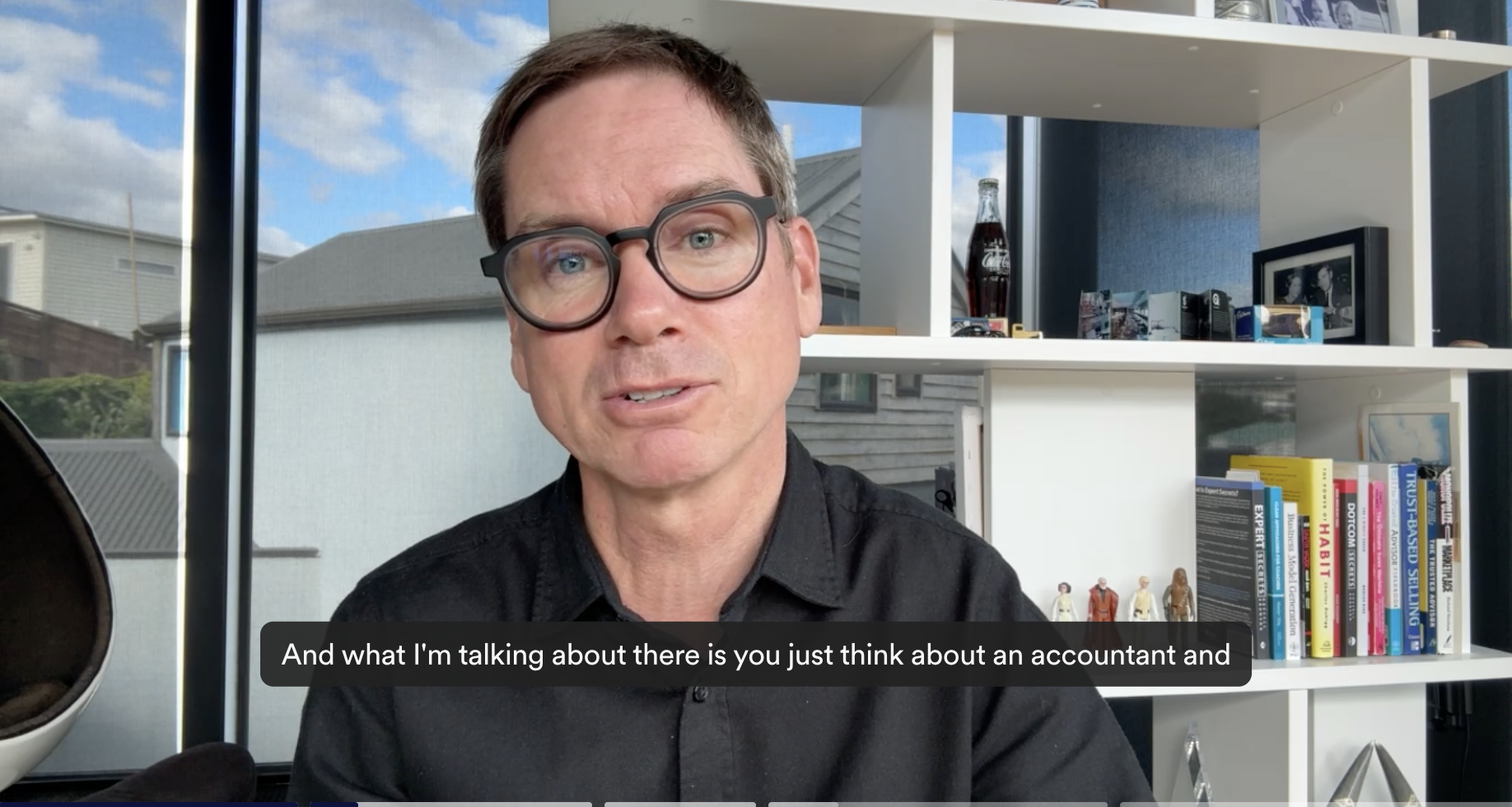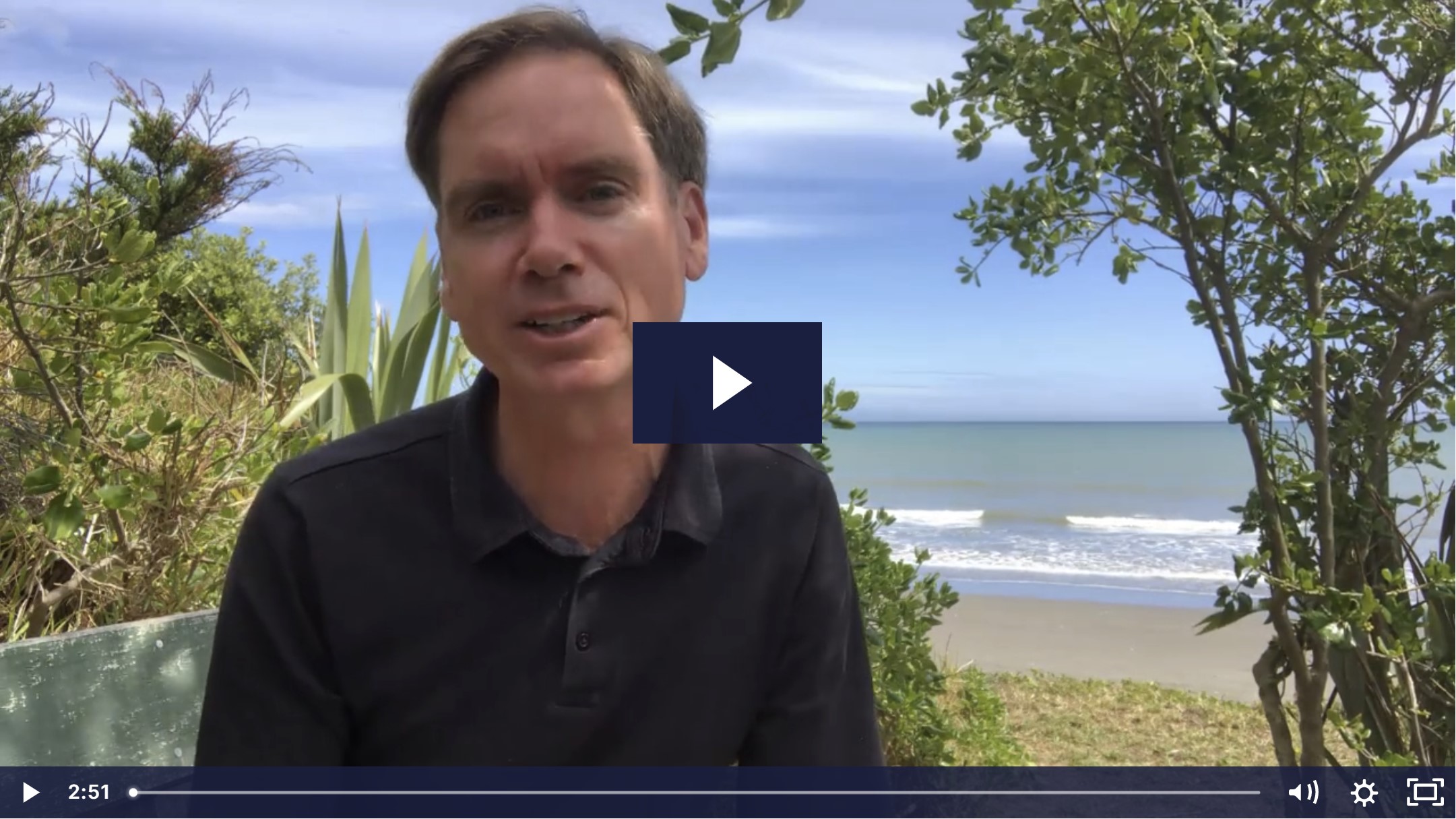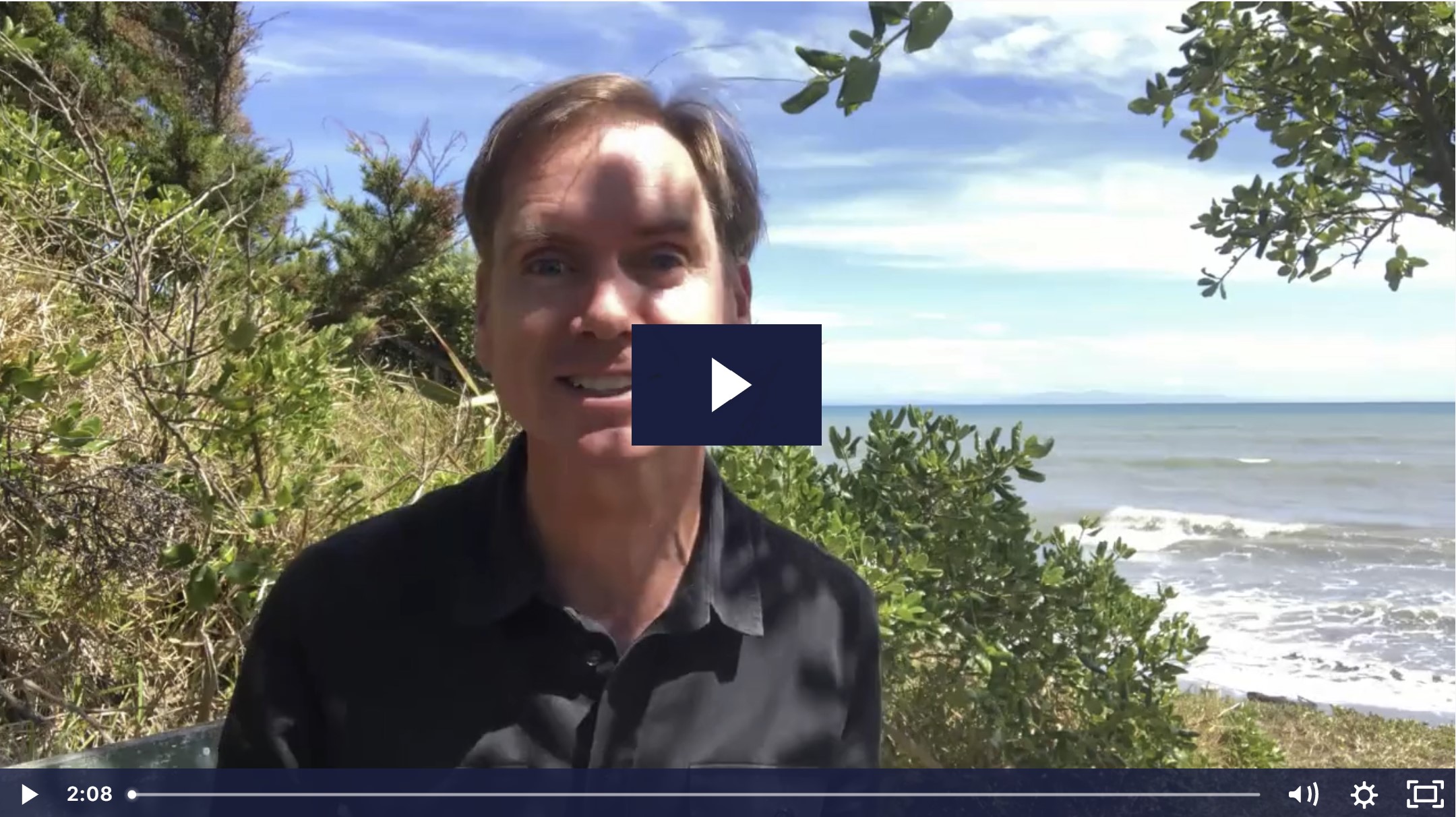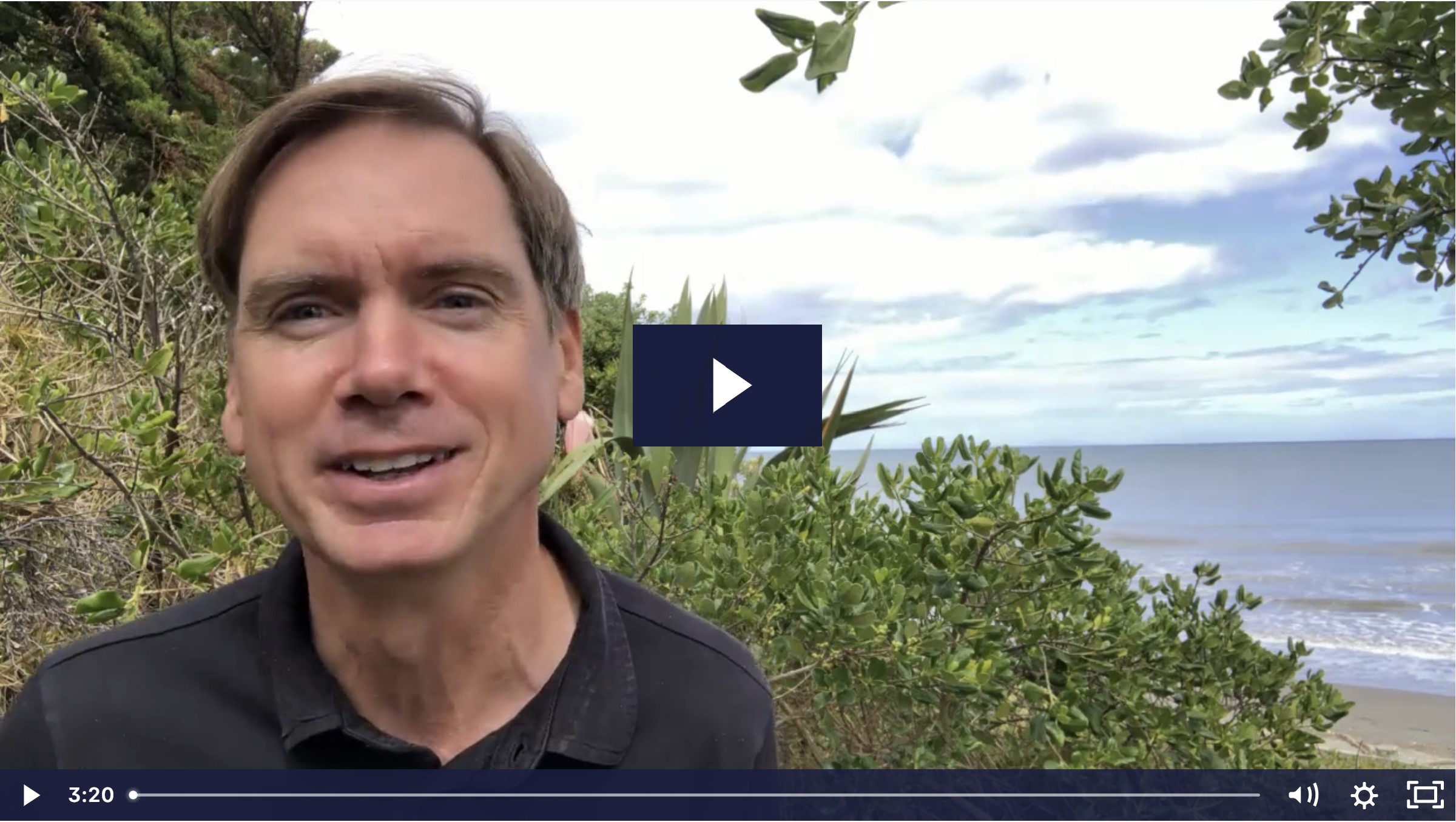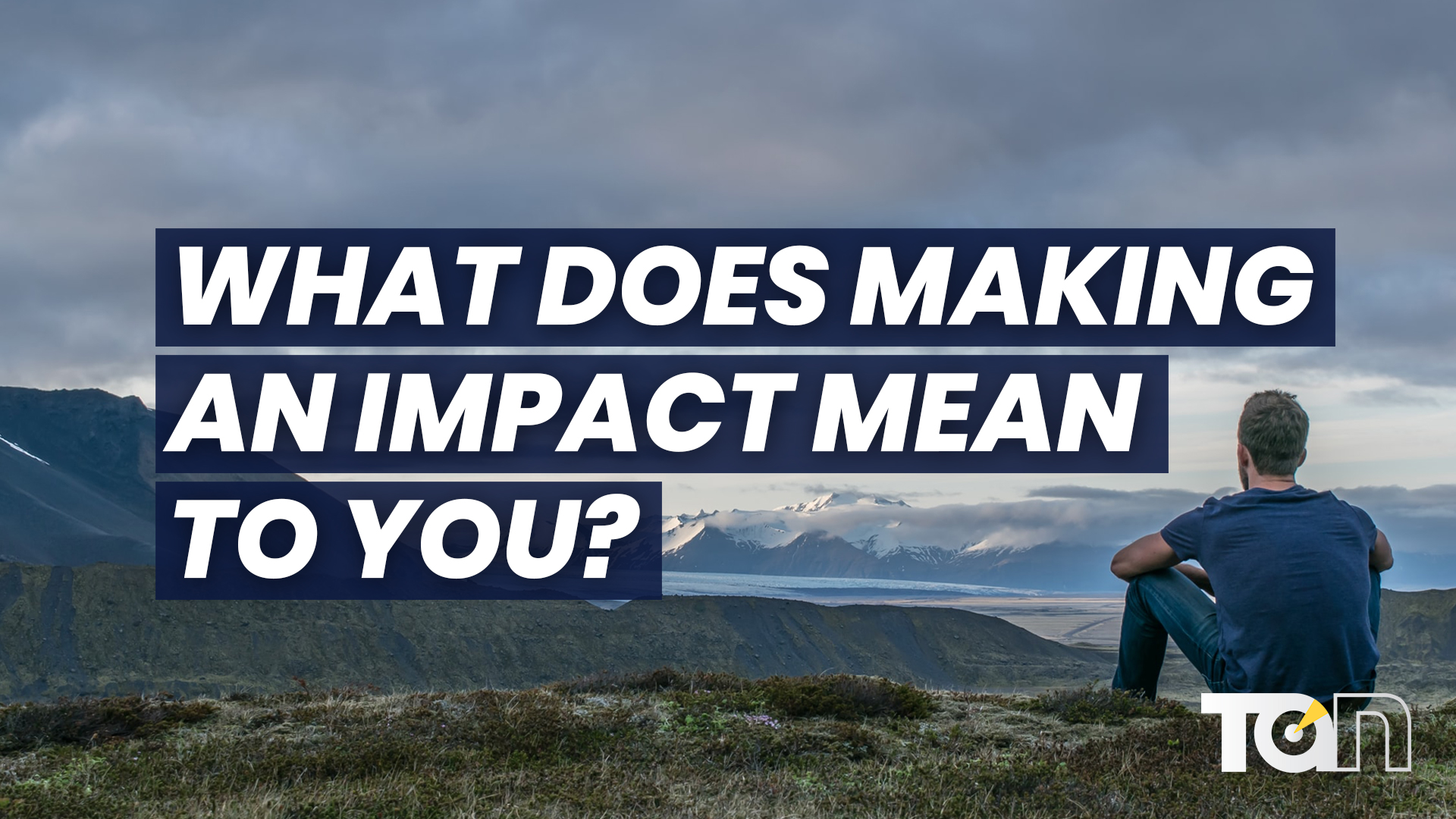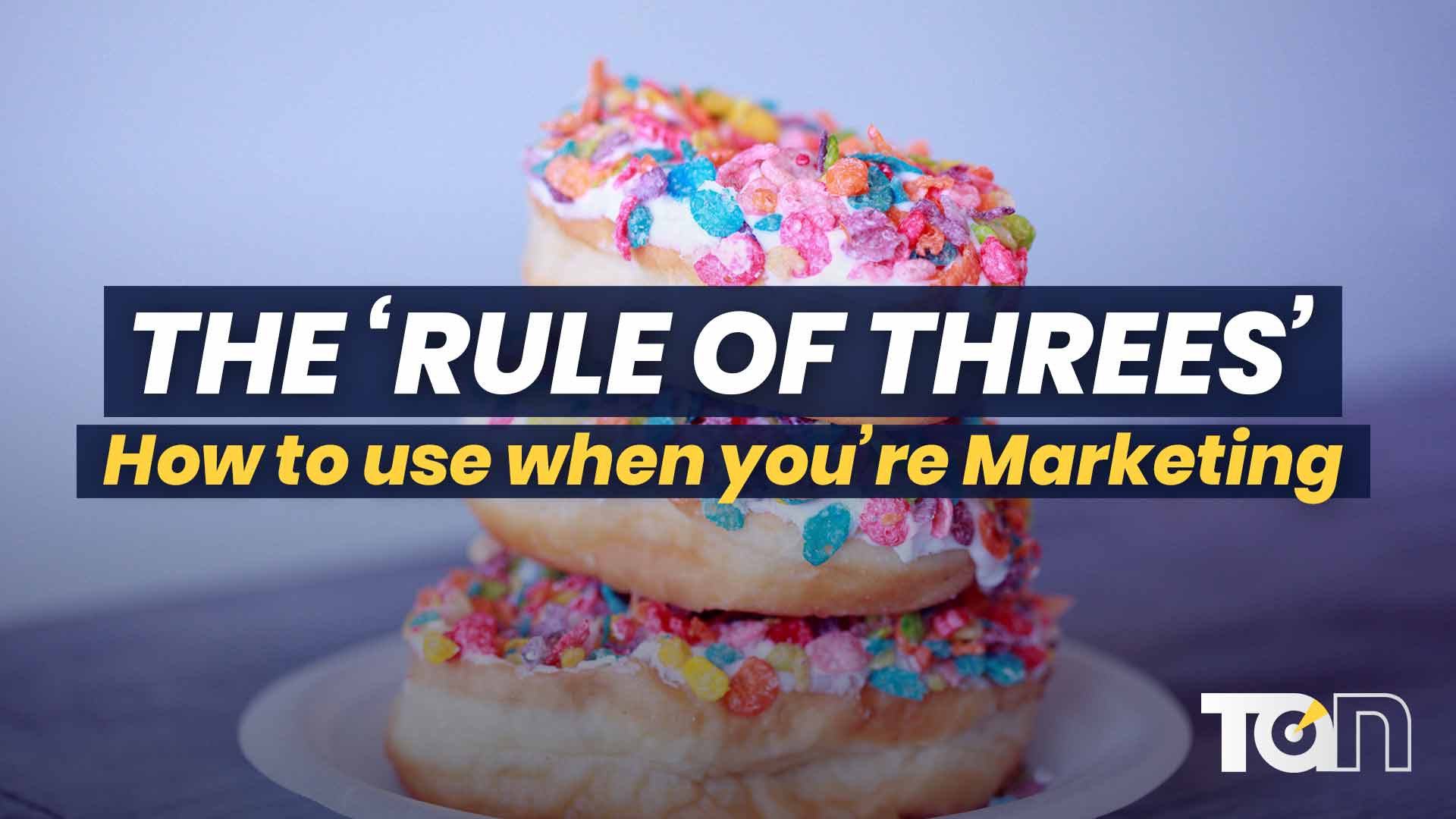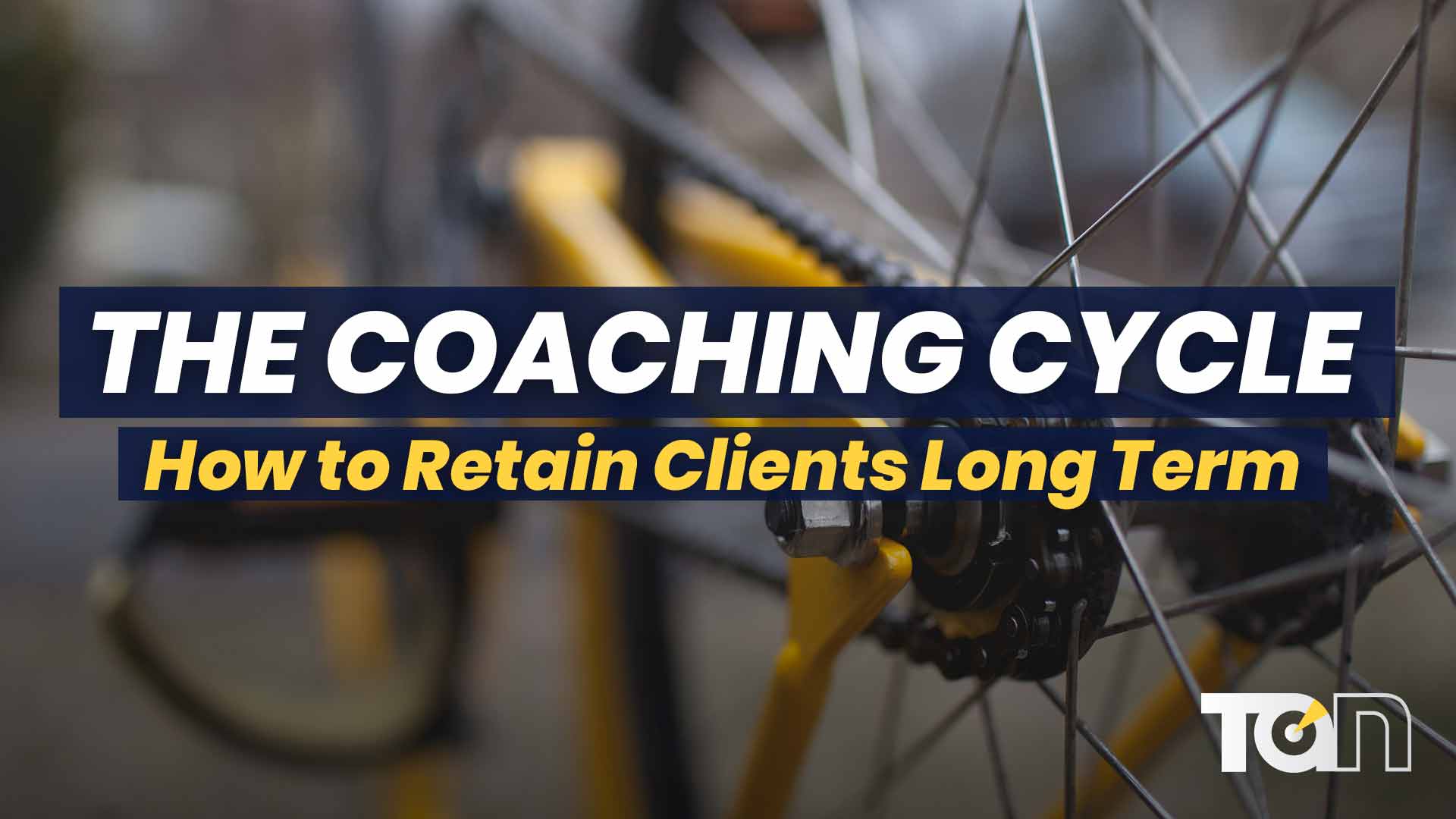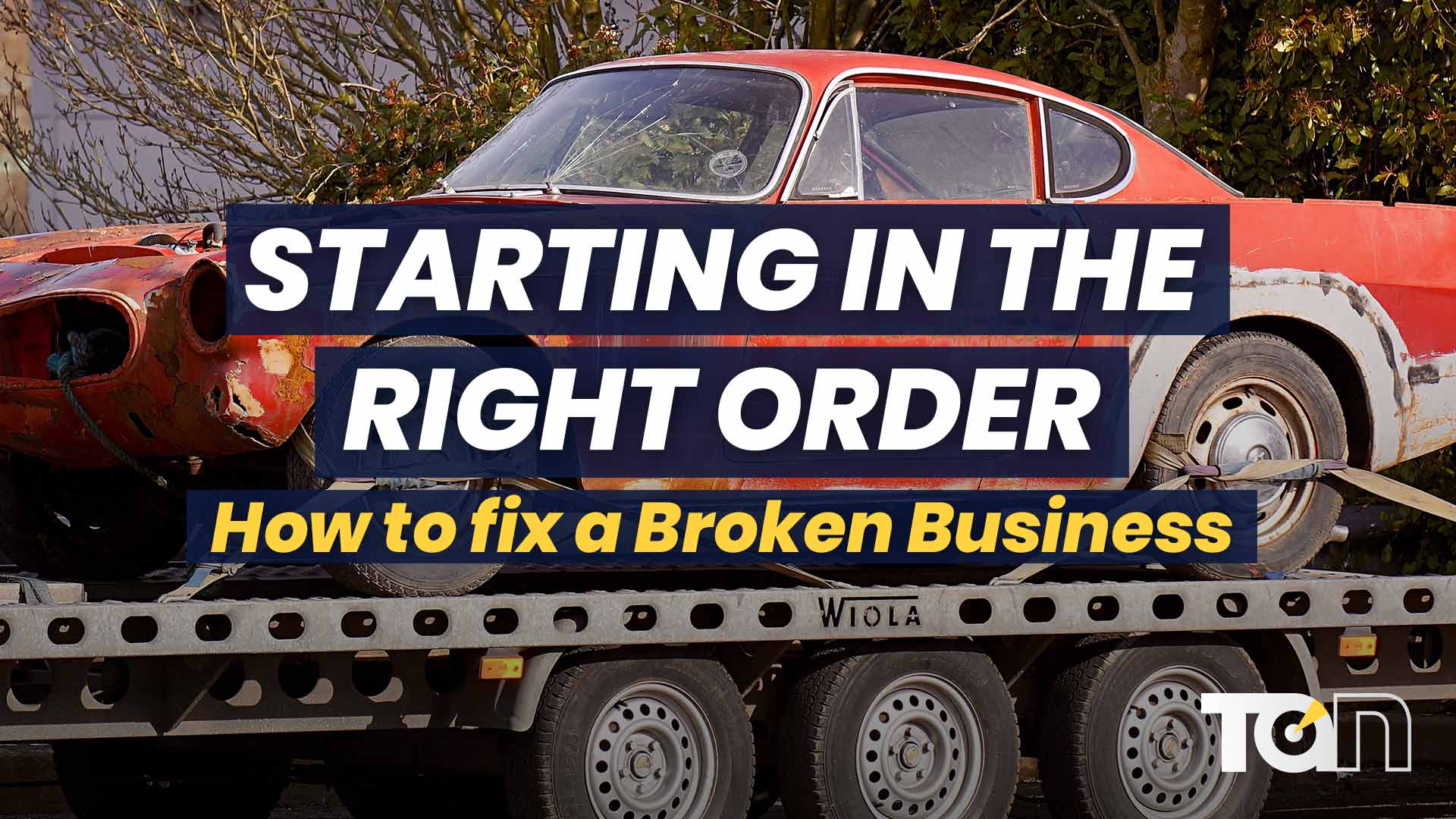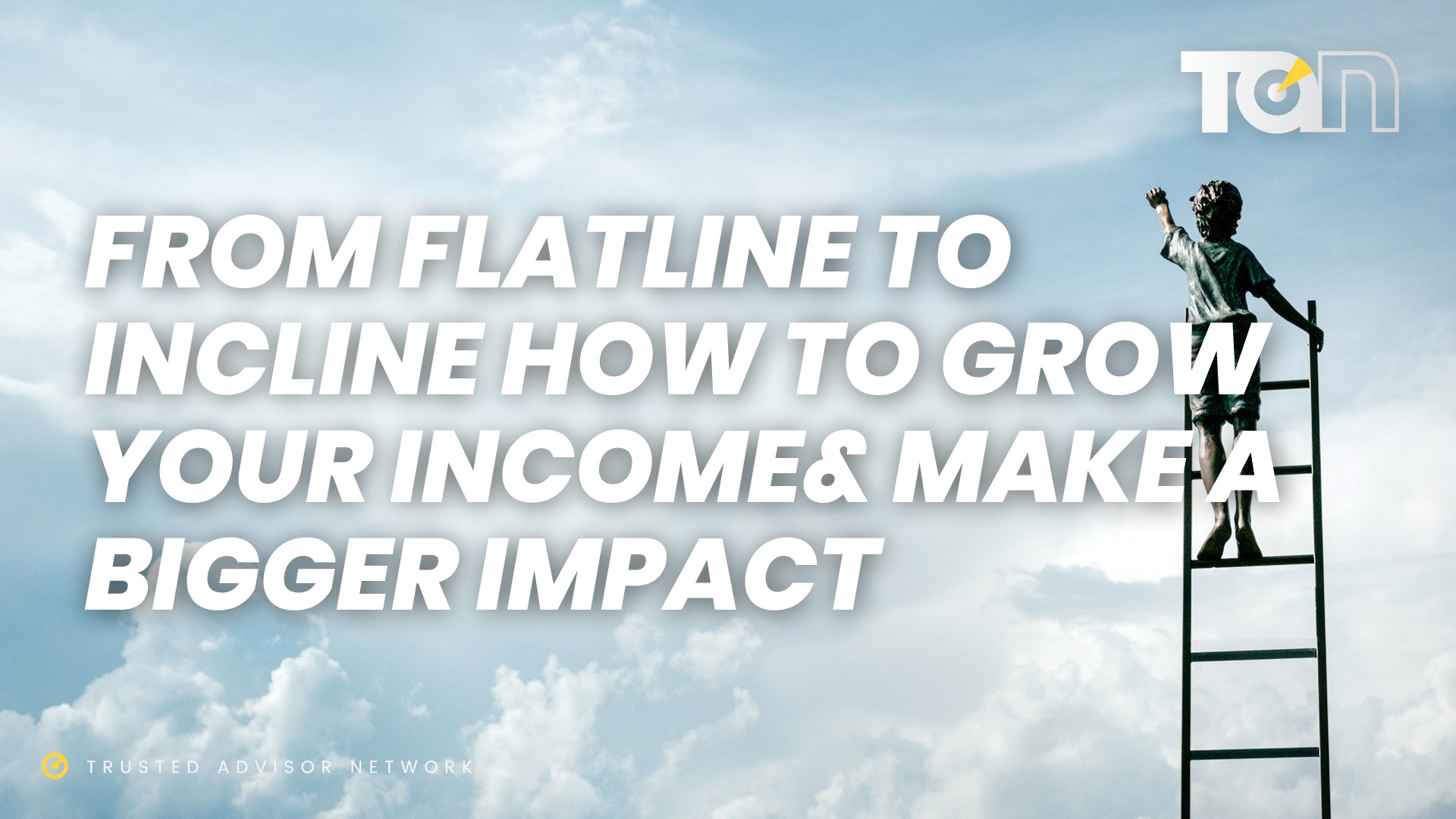The Difference Between a Generalist and a Specialist
The Difference Between a Generalist and a Specialist
In the SME community, businesses often get specialist help for specific needs. For instance, they’ll get an accountant for compliance work, digital marketers to get more leads, and HR consultants for recruitment needs.
But as specialists are great in their line of work, business owners need a far broader skill base that covers the entire business… that falls under “Generalist” help.
Consider this: an accountant might identify a decrease in profit margins and attributing it to a bunch of different factors. But a Generalist will be looking for the root cause such as the need for sales training to make sure the focus is on value rather than price.
Similarly, digital marketers might generate a heap of new leads, but a Generalist will pinpoint issues like the absence of an effective follow-up process or sales system.
And in HR, smaller businesses might be budget constrained that prevents them from hiring specialist assistance with the associated costs. A Generalist will provide strategies to improve margins so there’s more money to attract better talent.
These examples highlight the importance of a Generalist perspective in dealing with common issues that affect SME businesses every day. If these are your types of problems that you like to fix, then check out coaching/consulting within the SME community!
If that’s you, then take a look at our prospectus to find out how you can assist SMEs and build yourself a lifestyle business that you can scale…
From Flatline to Incline How to grow your Income & Make a Bigger Impact
We’ve been in the business of coaching for a long time…
What we’ve found from talking to many coaches is they tend to get the first few clients over the line in the first year to 18 months of coaching before income levels stabilise at around 4-5 long-term 1:1 Clients. There’s obviously a range of results from coaches with some getting better numbers than others, but the key point here is that the income tends to settle.
This is generally the point where the marketing effort has to give way to the time that needs to be spent in delivery. This is what gets called the Coaching Flatline. Flatline happens for one key reason. Coaching 1:1 Clients is a time for money exchange. There’s very little leverage in it and worse than that, when coaches get concerned with losing their clients, they can start over servicing… when that happens, income growth flattens and the business focus changes towards maintaining income rather than growing income.
Therefore the challenge is to find a different model that breaks through the Flatline and gives the coach sufficient leverage in their delivery services to help many more clients than just those in 1:1 Client programmes. The answer is group coaching!
Once you have a group programme you can deliver the same material to many clients who all get the benefit. You also have the ability to invite guests to your delivery sessions meaning that marketing is back on again! Much more impact, much more income, all thanks to a model that breaks through the Flatline.
Once you’ve broken through Flatline, you also have the ability to help other coaches do the same! This can be done either in a Firm or from Mentoring other coaches to break through their own Flatline. Now you have three solid income streams that not only breaks through Flatline, but also give you far more stability of income as you’re less reliant on 1:1 Client revenue. It means that if a 1:1 Client decides to “graduate”(aka finish up) you have a pool of clients in your group programme that you can tap to upgrade them into your 1:1 Client programme. Awesome 🙂
So that’s how Flatline works… and that’s how to get through it…
If you want to talk about how to start your own group, tell us a bit about you and we’ll be in contact. You can do that here:


